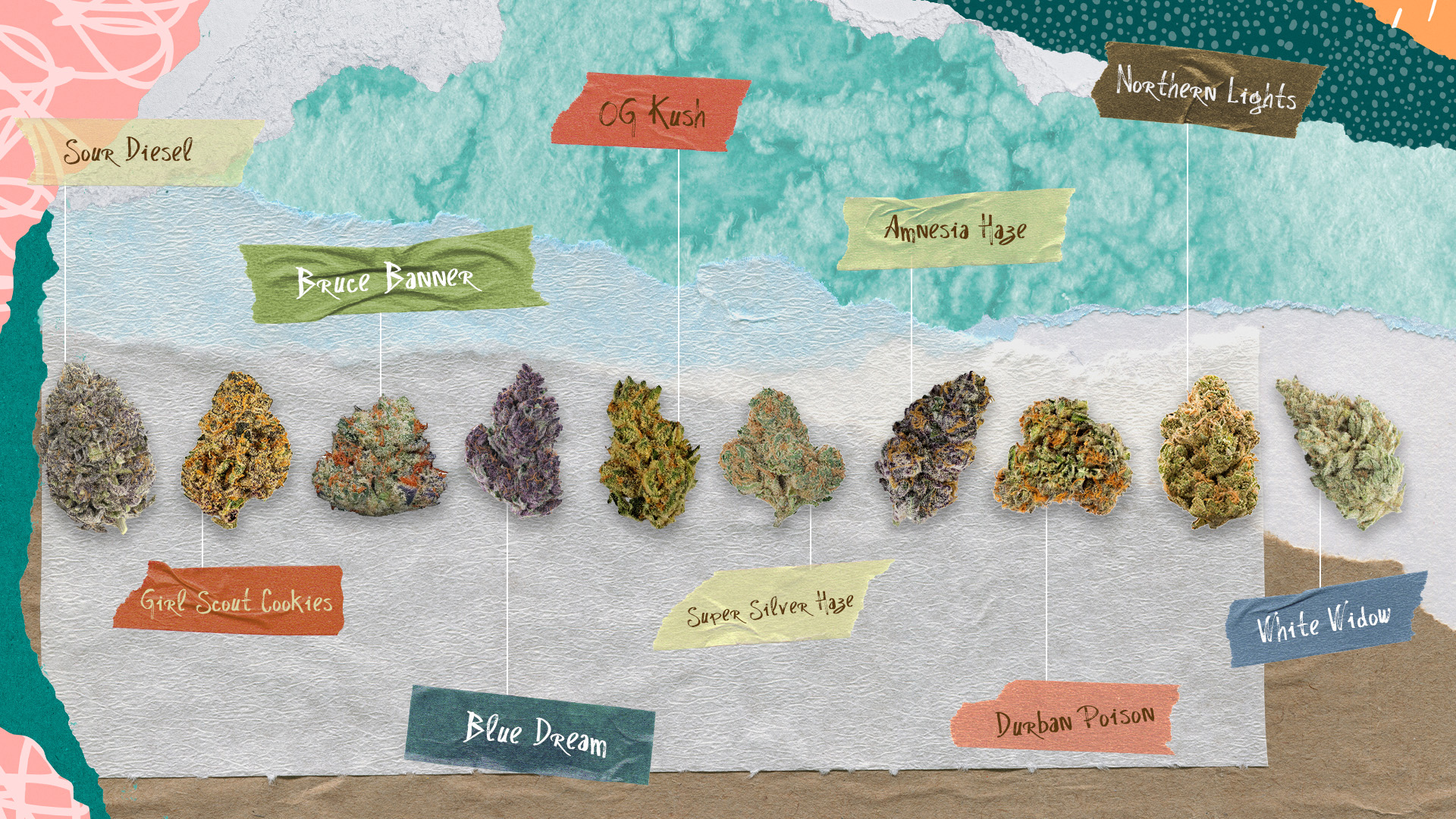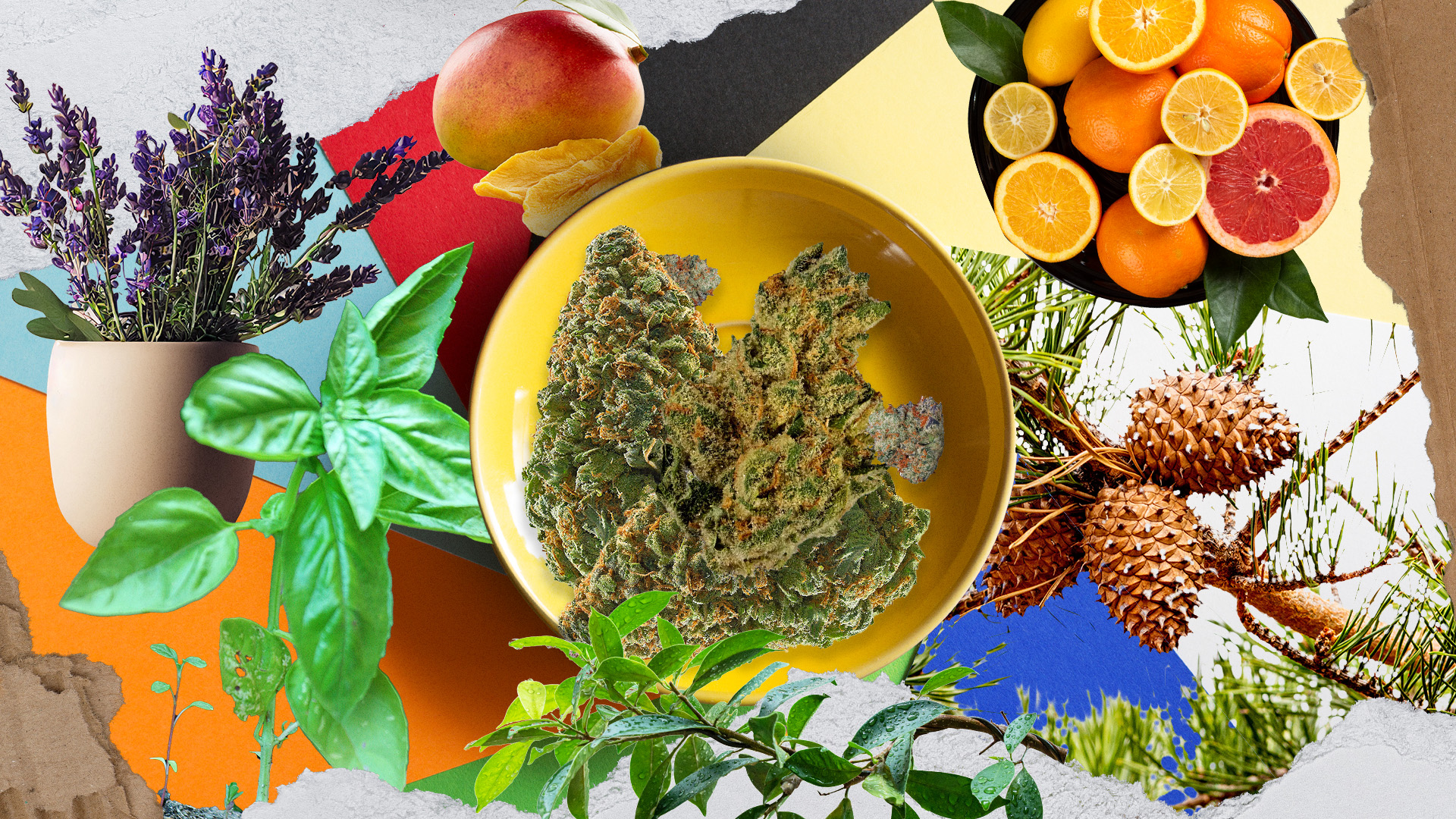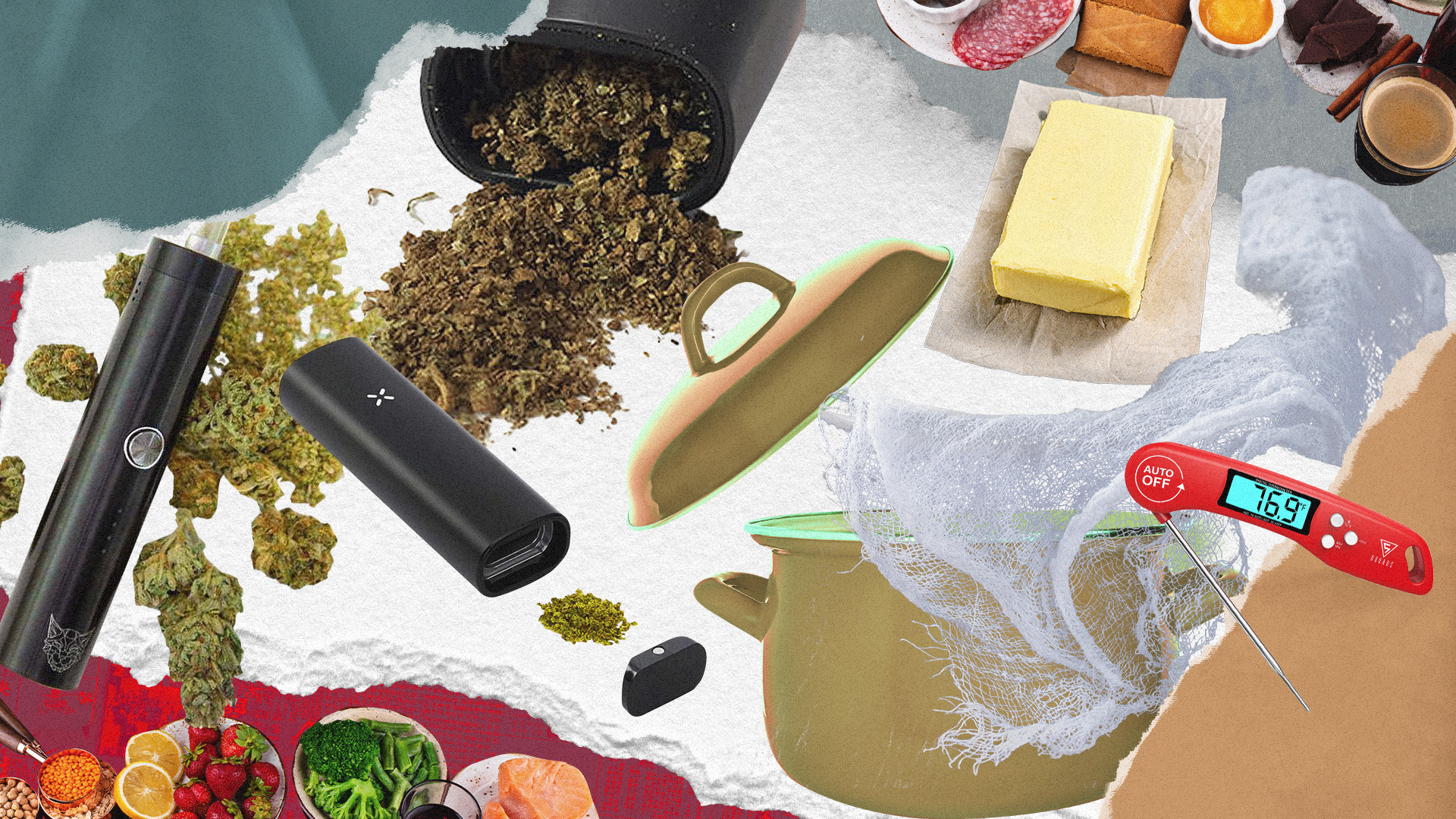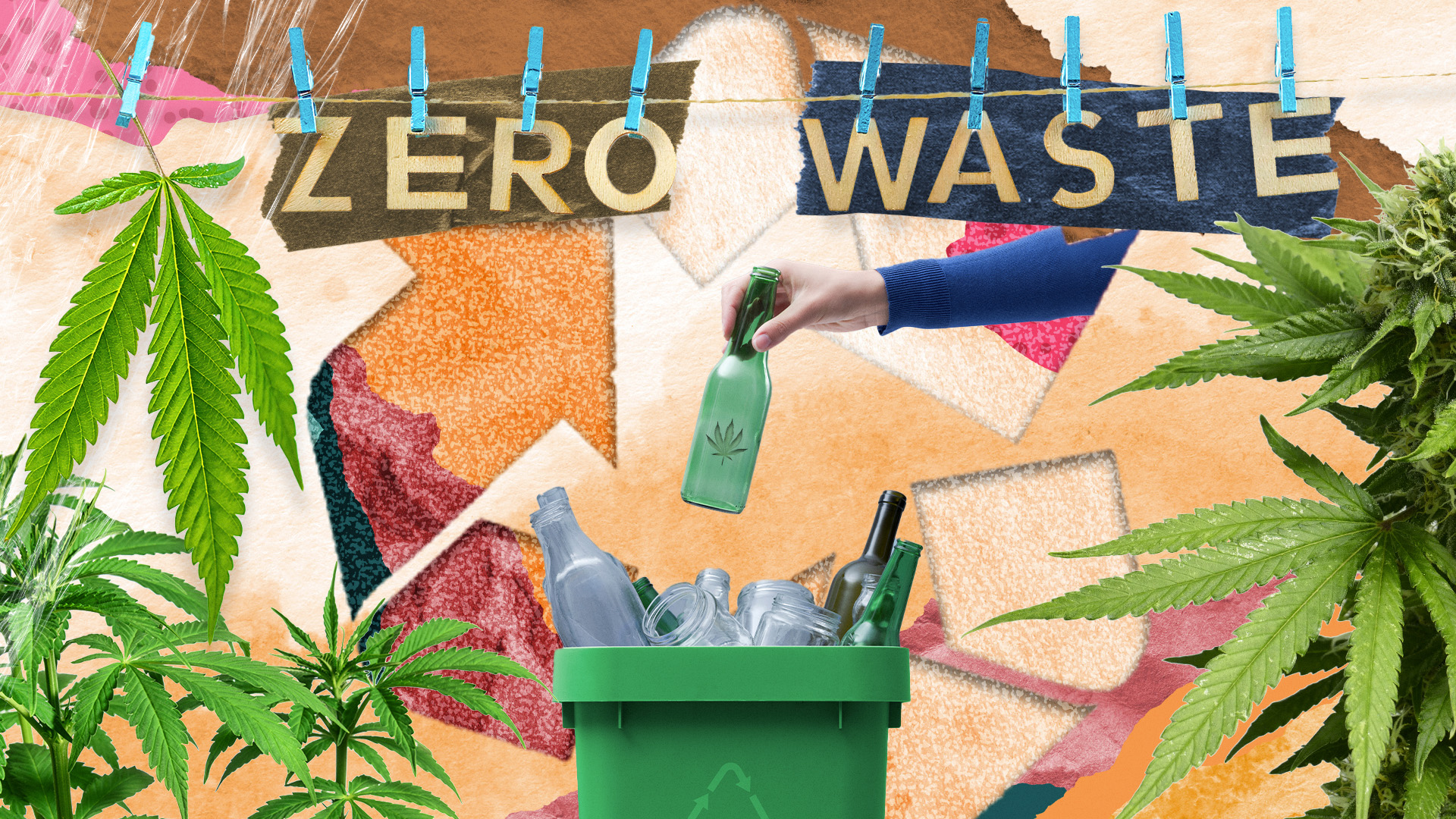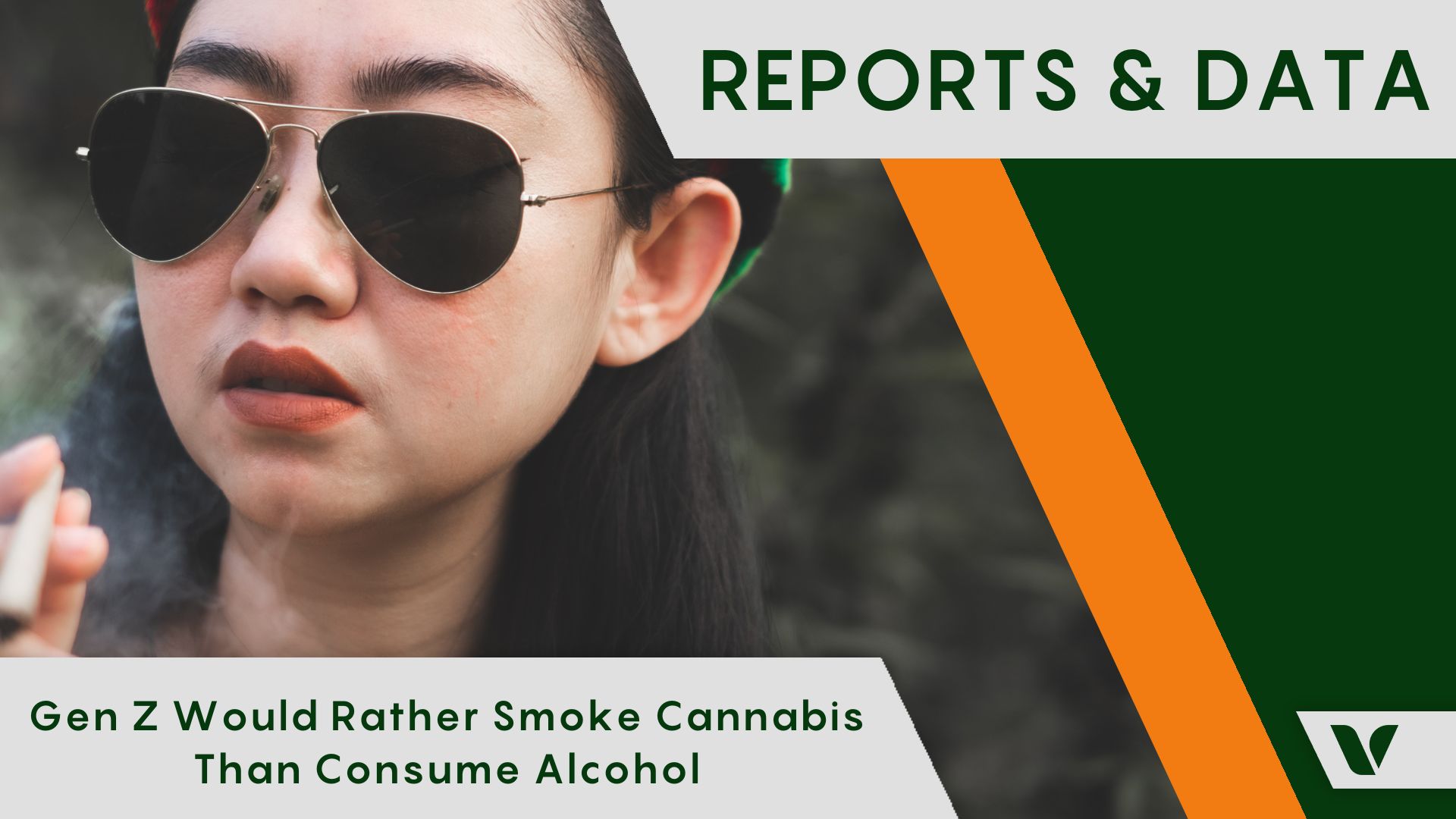Following the recent news of Texan sprinter Sha’Carri Richardson returning a positive test for cannabis, a debate has erupted on the topic of cannabis as a performance-enhancing drug – can the plant enhance agility, strength, and/or speed?
On July 6, Richardson faced her unfortunate Olympic fate. It was on this date that USA Track and Field’s 130-person roster was published… without Richardson’s name. The hopeful Olympic medalist is now dealing with the unfortunate repercussions of consuming cannabis; albeit outside of the sporting environment.
Richardson’s failed cannabis drug test nullified her victory at the Olympic trials in Eugene, Oregon, meaning that the 21-year-old has lost out on her chances of winning a medal as part of the 4×100 relay team. Since cannabis and cannabinoids are identified as prohibited in-competition substances by the World Anti Doping Agency (WADA), perhaps she should have known better.
Olympic Snowboarder Previously Regained Medal After Consuming Cannabis
Cannabis was initially included on the list of forbidden substances after a Canadian gold medalist returned a positive test back in 1998. Twenty years ago, Ross Rebagliati took the golden first prize in snowboarding. Soon after, he tested positive for cannabis, before his gold medal—the first of its kind to be awarded for snowboarding—was revoked.
In a positive turn of events, the Canadian snowboarder’s appeal was accepted and he got his medal back. This decision was met because, at the time, cannabis had not been added to the list of performance enhancing drugs by the International Olympic Committee.
Soon after Rebagliati’s case, a paper released by the U.S. Office of National Drug Control Policy defined that the medal “seemed to directly undercut our messages to young people that drug use undermines a child’s opportunities for success.” It’s worth noting that athletes who have an approved Therapeutic Use Exemption (TUE) can sidestep the anti-doping rule violation and sanction.
Scientific Research Doesn’t Back the Performance Enhancing Misconception
As stated in the U.S. Anti-Doping Agency’s marijuana FAQ, “Due to the illegal nature of marijuana in most countries, the use or abuse of marijuana does not exhibit the ethics and moral judgment that upholds the spirit of sport.” But is this judgment fair?
While it might be renowned for stimulating a person’s appetite, there’s no proof outlining cannabis’ ability to amplify stamina and sporting performance. In fact, existing research hypothesizes that cannabis can actually increase breathing and heart rate, thus potentially having a negative impact on performance.
Why You Should Get Your Medical Marijuana Card
Veriheal has satisfied millions of patients nationwide by giving them access to these benefits
- Larger purchase limits
- Peace of mind
- Enhanced legal protection
- Access to higher potency strains
- Save up to 25% on cannabis purchases
- Skip the line at the dispensary
In 2011, two WADA scientists stimulated debate by implying that cannabis can bolster athletic performance; a paper was composed by the scientist duo. The authors of a 1996 paper, titled “Performance-Enhancing Drugs, Fair Competition, and Olympic Sport,” were cited in the WADA study, which claimed that “cannabis could be performance enhancing in sports that require greater concentration.”
The 2011 WADA research paper on cannabis impairment also made reference to an analysis of 12 cyclists who failed to perform to their full potential after consuming cannabinoids – naturally occurring compounds produced by the cannabis sativa plant. Conversely, the researchers also conjectured that cannabis may amplify performance due to its ability to “ improve oxygenation to the tissue.”
Notwithstanding the scientists’ claims, many industry experts contest the paper’s validity. For example, late last year, two independent papers analyzed existing research into the subject of cannabis’ performance-enhancing qualities. Similar conclusions were drawn from the research: the evidence is not sufficient to support the idea. Findings deduced from one of the studies proposed that cannabis “does not act as a sport performance enhancing agent as raised by popular beliefs.”
Research Obstacles Must be Overcome Before WADA Embraces Cannabis
One obstacle in fully understanding the influence that cannabis has on performance, health, and/or recovery is that research is greatly restricted. This is mainly due to the fact that cannabis is still deemed to be a Schedule I drug by the U.S. federal government.
Researchers who are keen to investigate cannabis’ health effects have been restricted in their efforts since the year 1968. Only one supplier, the University of Mississippi, has been given the go-ahead to cultivate cannabis for research purposes.
Fortunately, things could soon be about to change, with the US Drug Enforcement Administration (DEA) announcing that it had distributed memorandums of agreement (MOAs) to aspiring growers “outlining the means by which the applicant and DEA will work together to facilitate the production, storage, packaging, and distribution of marijuana under the new regulations.”
“We were euphoric. This is a victory for scientific freedom. It’s finally a chance to use real-world cannabis in our own studies and supply genetically diverse cannabis to scientists across the nation,” said the president and lead investigator at the Scottsdale Research Institute (SRI), Sue Sisley, during an interview with Science.
The DEA’s push to review cannabis research applications has been anticipated for quite some time. In 2016, the Agency revealed that it would start accepting applications from hopeful growers. However, the application process hit a roadblock when the change was opposed by former Attorney General Jeff Sessions on the basis that it may breach a United Nations treaty against drug trafficking.
Fast forward to 2019 and the DEA unveiled eagerly anticipated plans for cannabis research. Those plans sought to establish a new set of rules that would oversee cannabis cultivation for medical and scientific purposes. In late 2020, the new regulations were finalized.
Author, Share & Comments











